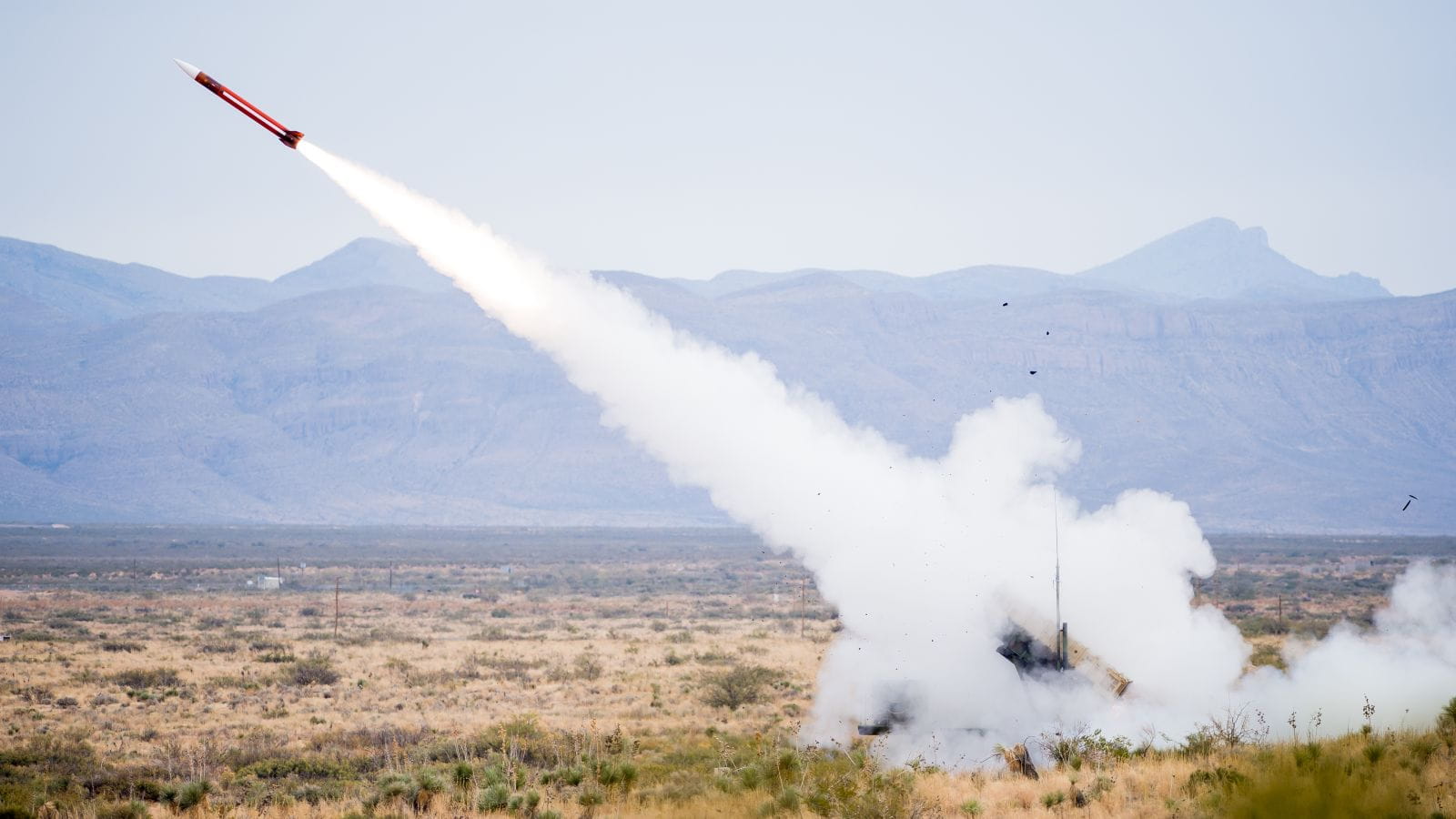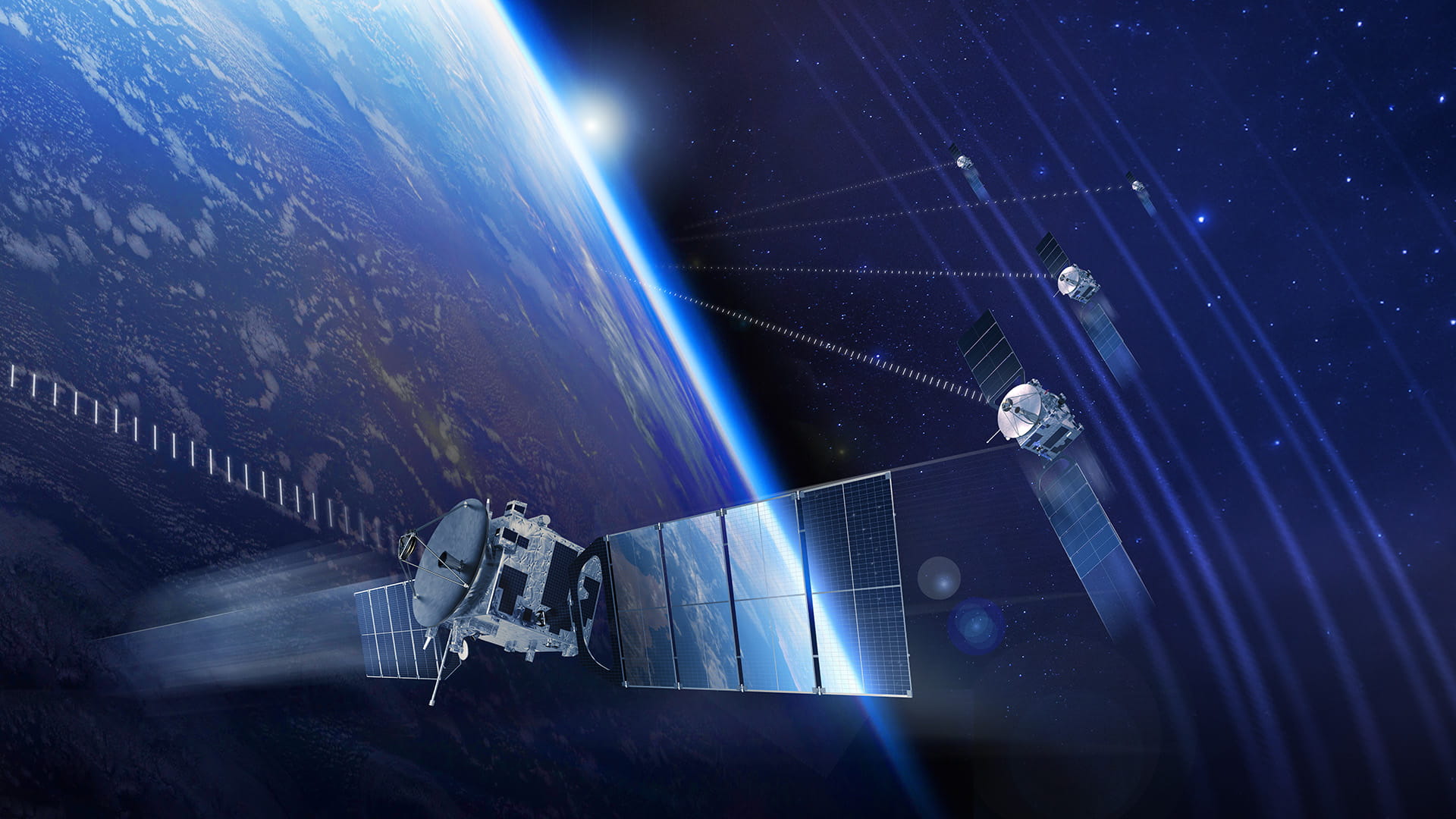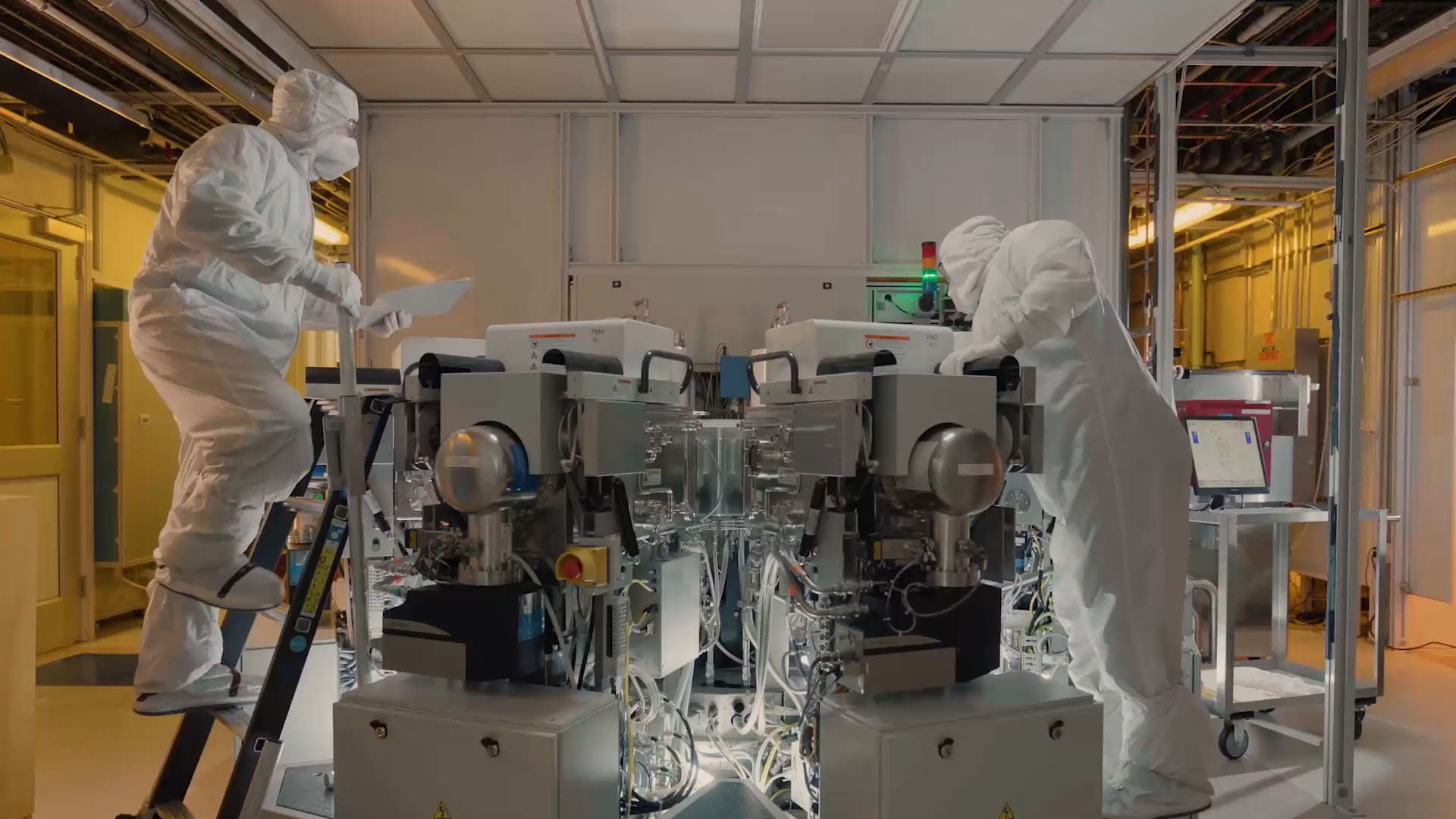Patriot missile defense system: Proven in battle, still setting standards
Six decades after its inception, the legendary system stands stronger than ever
The threat of chemical warfare with neighboring Iraq was high, and, until Jones and the rest of the Patriot Air and Missile Defense System crew arrived, so was the anxiety around the camp.
That changed in an instant when Jones introduced himself to the shop foreman.
“He shouted, ‘Thank God, the Patriot guys are here’,” said Jones, a former air defense warrant officer and now the director of European requirements and capabilities at Raytheon, an RTX business. “They removed their masks, and we got on with our business.”
That small moment of relief more than 25 years ago is among many similar stories in the now 60-year history of Patriot – a system that has become synonymous with missile defense, and that has been providing much-needed reassurance to the military personnel and civilians who live under its protection.
“I’ve deployed and operated Patriot worldwide under the harshest conditions,” Jones said. “It never let me down.”

From an idea on paper to reality in the field
Patriot is most often associated with interceptors – missiles that intercept airborne threats – but it also includes a radar, a launcher and command-and-control technology that work together to detect, identify and intercept tactical ballistic missiles, cruise missiles, unmanned aerial vehicles and advanced aircraft.
The technology’s roots go back to 1965, when the U.S. Army began looking for a new long-range air defense system, amid the high geopolitical tensions of the Cold War. Advanced development began in 1967 under the name Surface-to-Air Missile Development, or SAM-D.
In May 1976, as the U.S. prepared for its bicentennial celebration, SAM-D was renamed Patriot to mark its entry into full-scale development. This program marked the beginning of what would become a critical component of U.S. and allied defense strategies.
The first successful engagement for Patriot came during a 1975 test at White Sands Missile Range in New Mexico, and the system was fielded to the U.S. Army in 1982. Its first operational deployment came in 1985, when it was sent to Europe to support NATO requirements.
The standard of missile defense
Patriot, known for its advanced technology and effectiveness in air and missile defense, has a rich history that dates to the mid-1960s. Here’s an overview of the system:
Proven in the field
Continuous modernization

Changing with the times
Patriot gained significant worldwide recognition during the Gulf War in 1991. It played a crucial role in intercepting Iraqi Scud missiles, marking the first time a missile defense system was used in combat to protect military and civilian targets.
“It’s lived up to that over the years and has picked up steam,” said Pete Bata, the senior vice president of Global Patriot at Raytheon. “People rely on it to defend their countries.”
Since then, Patriot has been continually upgraded and modernized to counter new and emerging threats. Key developments include the introduction of the Patriot Advanced Capability-2, or PAC-2, and later the Patriot Advanced Capability-3, or PAC-3, missiles, which brought significant enhancements in accuracy, range and lethality.
Another advancement has been in radio frequency – notably with the semiconductor gallium nitride, also known as GaN. In the context of Patriot, GaN technology enhances the system’s radar capabilities, allowing for more efficient transmission and reception of RF energy. This leads to improved detection and tracking of threats, such as tactical ballistic missiles, cruise missiles, drones and advanced aircraft.
“Enhancements are constantly being added,” Bata said. “Patriot stays ahead of the threat.”
Every time Patriot is tested or live-fired, Raytheon engineers uncover new ways to further improve or enhance the system.
“The improvements are necessary because the threat is constantly changing and becoming more sophisticated,” said Michelle Tancrede, Patriot software integrated product team lead.
Many of the future improvements to Patriot will come from its next-generation radar systems. For example, the Lower Tier Air and Missile Defense Sensor, or LTAMDS, successfully completed a complex live-fire test, detecting and tracking a high-speed cruise missile and guiding a PAC-2 and a Guidance Enhanced Missile-T, or GEM-T, to defend against a surrogate threat.
“We’re working really hard to bring LTAMDS in the Patriot battalion,” Tancrede said. “It’s going to be very exciting.”
The milestone was the latest in a rigorous test program, part of the U.S. Army’s process to field the 360-degree, full-sector radar along with regular software improvements.
“Software can evolve the system once the hardware baseline is in place,” she said.
Nate Jones | Director of European requirements and capabilities | Raytheon
People-powered, people-focused
Thanks to the people operating it, Patriot has a defined growth path that will ensure the system continues outpacing the threat for years to come. The system’s adaptability has been a key factor in its long-term success and effectiveness.
“We’ve been changing the system so fast, and it’s necessary,” Tancrede said.
An example she notes is the Warfighter Machine Interface, or WMI, which replaced a legacy system – it still had CRT displays, for example – with updated, more user-friendly technology.
“It was a total game changer that gave Patriot a whole new modern look and feel,” she said.
Engineers, scientists and defense experts across RTX and its partners have a large sense of pride in their work on Patriot, Bata said.
“That’s the one common mission of Patriot,” he said. “It’s an iconic system. People really resonate with it.”
The team that works on Patriot keep focused on what the system is protecting – people, assets and homelands. Those factors drive them to keep pushing it to set new standards – and then exceed them.
“We’re saving lives with Patriot,” Tancrede said.




